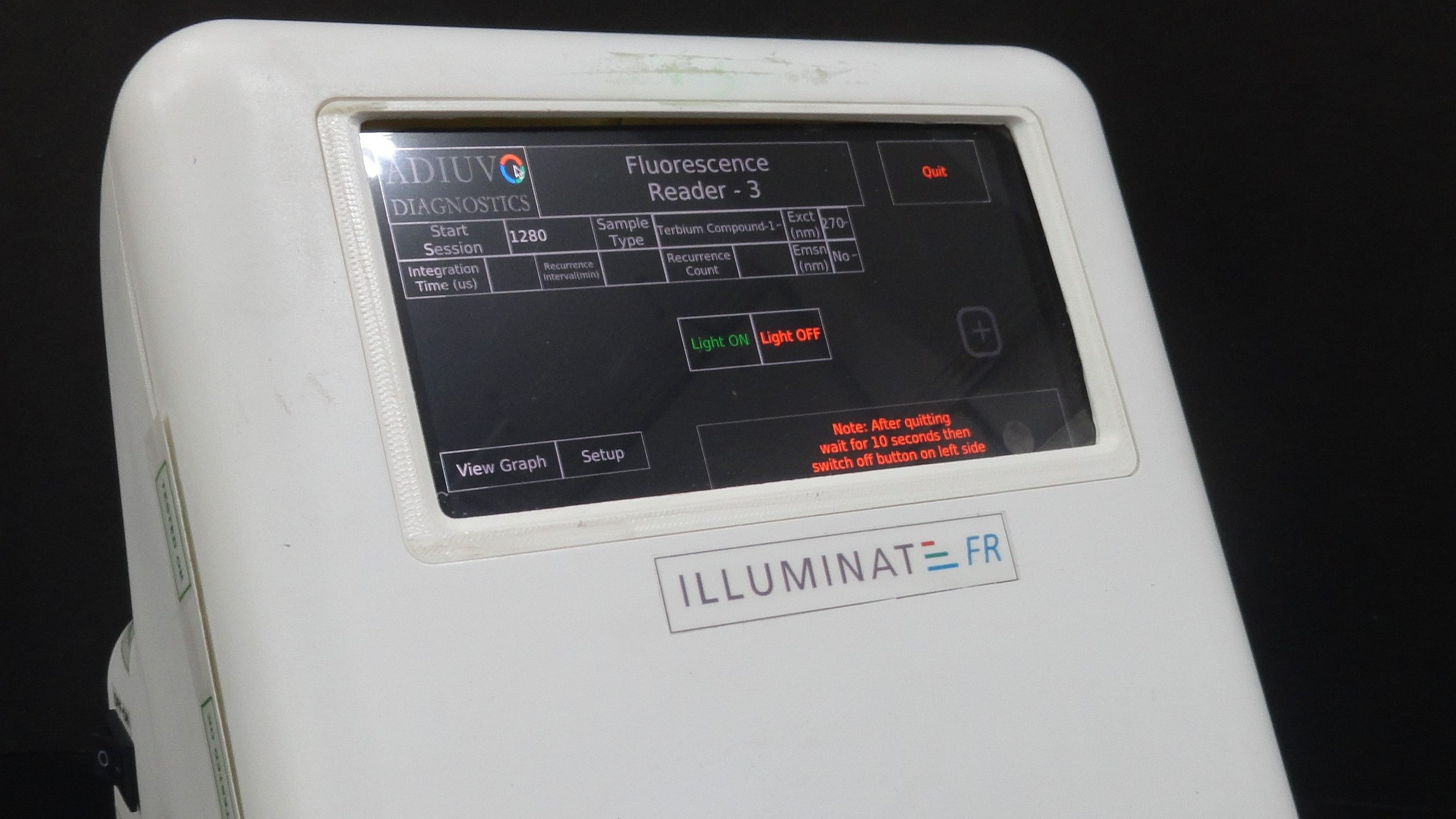
The portable fluorescence reader device.
Credit: IISc Photo
Bengaluru: Researchers at the Indian Institute of Science (IISc) and the Jawaharlal Nehru Centre for Advanced Scientific Research (JNCASR) have developed a paper-based platform that could help quickly detect the presence of antibiotic-resistant, disease-causing bacteria.
In a paper published in ACS Sensors, Uday Maitra, Professor at the Department of Organic Chemistry, IISc and his collaborators have addressed a major challenge – the rise of disease-causing bacteria that are resistant to antibiotics.
The team has developed a rapid diagnosis protocol that uses a luminescent paper-based platform to detect the presence of antibiotic-resistant bacteria that – including E. coli and Staphylococcus aureus – have caused over a million deaths, according to the World Health Organisation.
The innovation can ensure timely diagnosis and, in turn, more efficient treatment. Maitra noted that a patient, typically, takes 2-3 days to realise that a medicine is not working. Even diagnosing that the bacteria is antibiotic-resistant from blood or urine tests takes time and the work is aimed at reducing that time to diagnosis.
Some of the bacteria develop resistance against antibiotics by producing an enzyme called β-lactamase that hydrolyses the β-lactam ring, a key structural component of common antibiotics like penicillin and carbapenem, rendering the medication ineffective.
Tracking through luminescence
The researchers incorporated biphenyl-4-carboxylic acid (BCA) within a supramolecular hydrogel matrix containing terbium cholate (TbCh). This hydrogel normally emits green fluorescence when UV light is shined on it, IISc noted.
"In the lab, we synthesised an enzyme-substrate by tethering BCA to the cyclic [β-lactam] ring that is a part of the antibiotic. When you mix this with TbCh hydrogel, there is no green emission as the sensitiser is 'masked',” Arnab Dutta, PhD student in the Department of Organic Chemistry, IISc, and lead author of the paper, explained.
In the presence of β-lactamase (the enzyme cuts open the drug, destroys, and unmasks the sensitiser BCA), the gel will produce green emission, Dutta said. The luminescence signals the presence of antibiotic-resistant bacteria and its intensity indicates the bacterial load.
The team collaborated with a Tamil Nadu-based company, Adiuvo Diagnostics, to design a customised, portable and miniature imaging device called Illuminate Fluorescence Reader. The instrument infuses hydrogel in a sheet of paper and reduces the cost significantly; it comes with LEDs that shine UV radiation as required. A built-in camera captures the green fluorescence from the enzyme; a software app measures the intensity and quantifies the bacterial load.
The IISc team, along with Jayanta Haldar’s research group from JNCASR, checked their approach on urine samples. The checks produced a successful outcome within two hours, Maitra said.